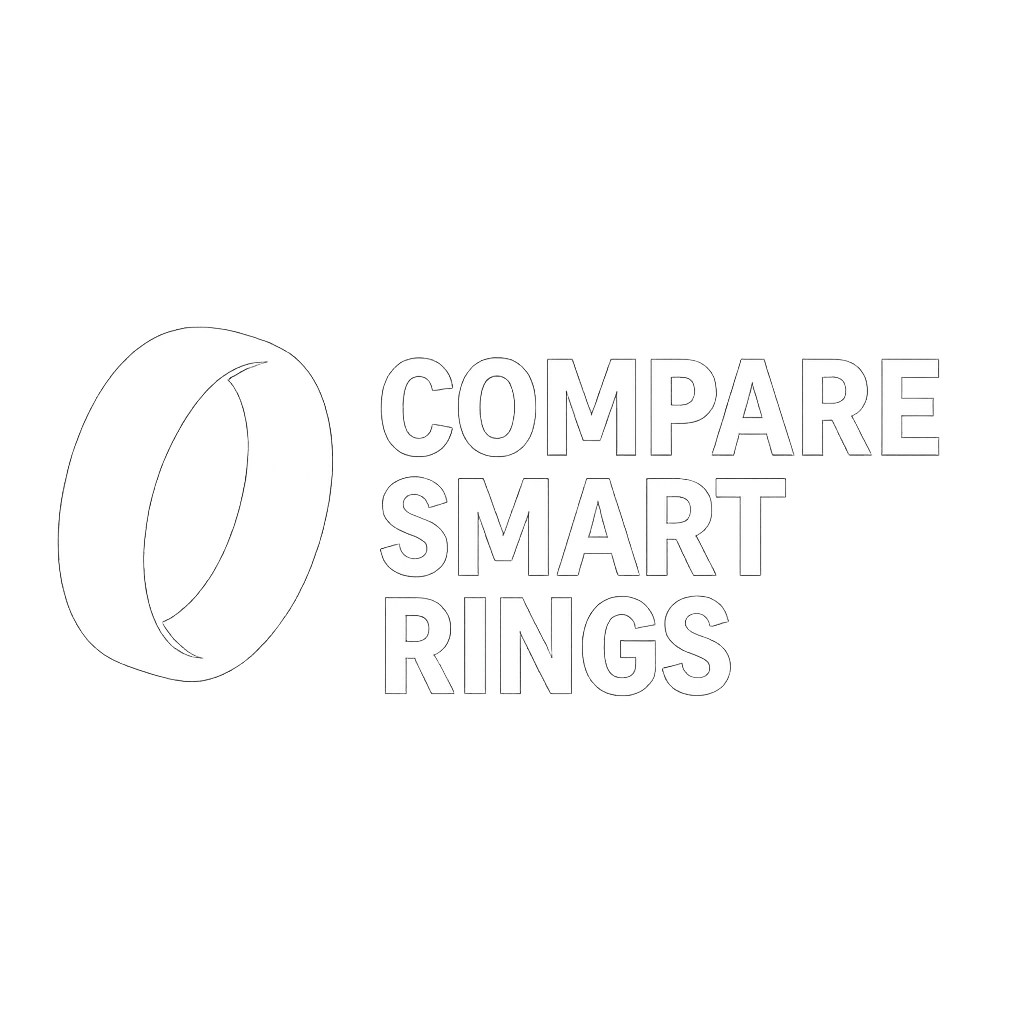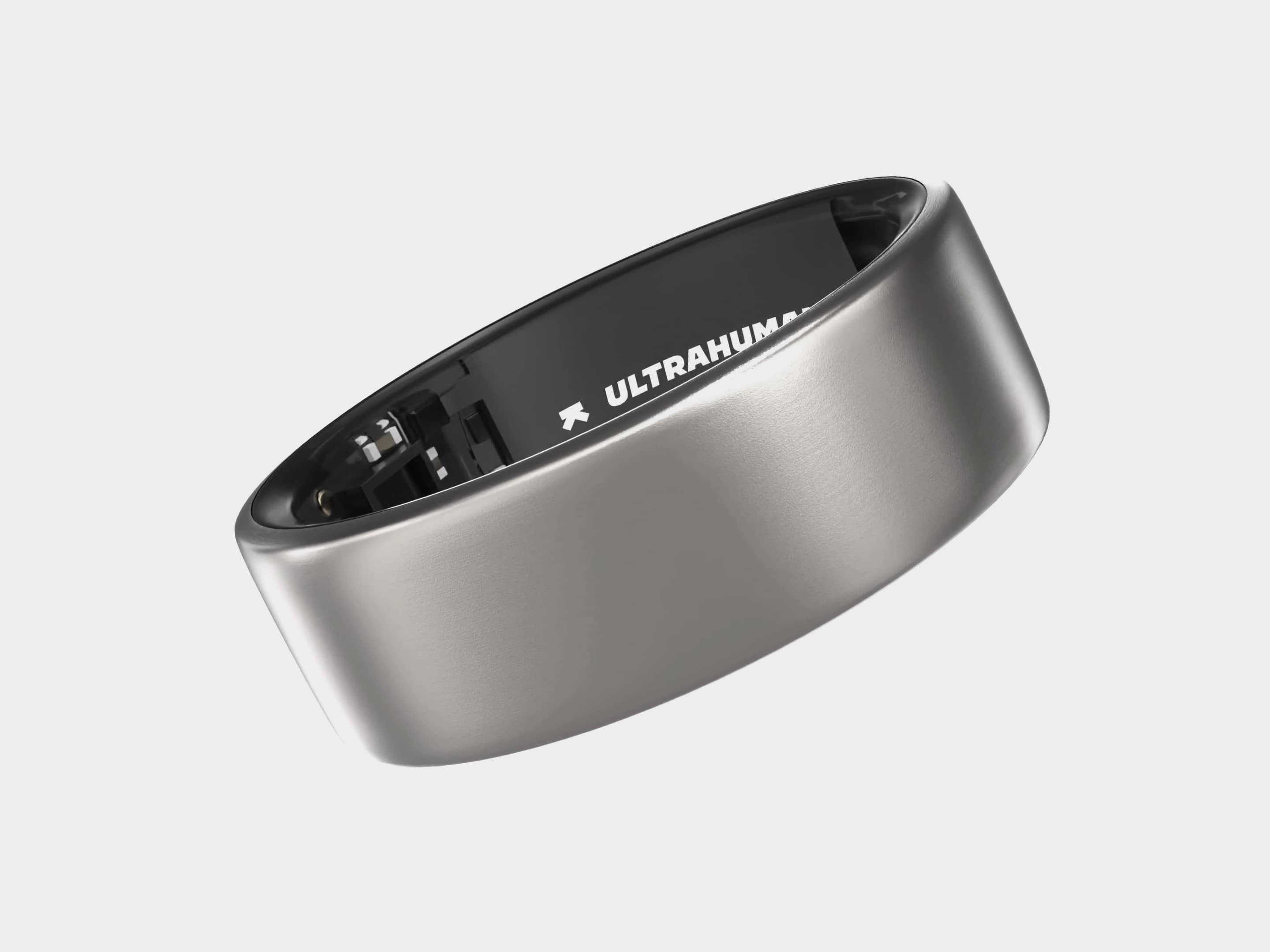Performance & Accuracy
Sleep tracking: Ring AIR delivers 10 + contributors (latency, efficiency, HR dip) and scored an 89–91 % sleep‑stage agreement in early third‑party verification—slightly behind Oura 4 but ahead of Samsung’s Galaxy Ring.
HR & HRV: Continuous HRV (SDNN, RMSSD) updates every 2 min at rest; treadmill tests found ±3 bpm HR error after firmware v1.2.4.
Health Features
- Dynamic Recovery: Combines HRV, skin temp & sleep debt into a 0‑100 readiness score with hourly updates.
- Stress Rhythm: 15‑min HRV sampling maps daily stress peaks & suggests breathwork.
- Circadian Phase: Temp + light exposure gauge ideal caffeine & workout windows.
- PowerPlugs: Optional AFib detection, Cycle/Ovulation, Vitamin D and Cardio Adaptability modules (paid).
Comfort & Build
The concave design hides micro‑scuffs, yet the outer DLC layer still scratches easier than Oura’s DLC finishes. At 2.4 g (size 5) you genuinely forget it’s on.
Battery Life
Our mixed‑use week (24 × 7 HRV, temp, SpO₂) averaged 5.2 days; pre‑update firmware drained in two. Firmware v1.2.4 restores the promised 4 – 6 day window.
App Experience
The Ultrahuman app surfaces granular graphs rivaling Whoop—Sleep, Recovery, Stress and Circadian tabs—without a paywall. Data exports (Apple Health, Google Fit) are read‑only for now.
Pros & Cons
| Pros | Cons |
|---|---|
| No subscription fees | Exterior scratches easier than rivals |
| 4 – 6 day battery, USB‑C charger | Strength‑training comfort issues |
| Ultra‑light titanium (2.4–3.6 g) | Fewer workout metrics vs watches |
| Deep Recovery & Circadian insights | PowerPlug add‑ons cost extra |
Final Verdict
Ultrahuman Ring AIR nails the smart‑ring fundamentals—accurate recovery stats, strong battery and comfort—in a one‑time‑purchase package. If you hate subscriptions and live mostly in the gym’s cardio zone, it’s an excellent pick. Endurance athletes or heavy lifters may still lean on a watch for GPS splits and rep counting, but Ring AIR closes the gap faster than any non‑Oura ring to date.

